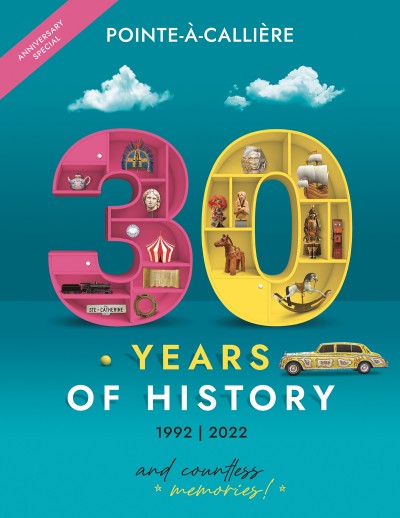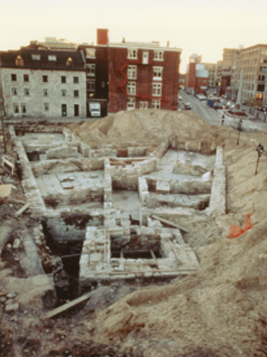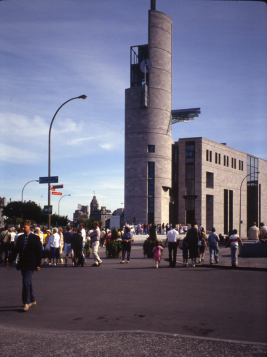30 years of history
10 Historical and Archaeological finds at Pointe-à-Callière
Pointe-à-Callière, 30 years of history... and countless memories!
For its 350th anniversary on May 17, 1992, Montréal inaugurated a museum at the site of its birthplace. Rising above a number of national historic and archaeologic sites that have witnessed thousands of years of human activity from 4,500 years ago to today, Pointe-à-Callière is celebrating its 30th anniversary in 2022.
This event is a chance for the Museum to share the most important discoveries made at the Montréal Archaeology and History Complex. Hendrik Van Gijseghem, Archaeology and History Project Manager at the Museum, will present 10 of them.
1. Montréal’s first Catholic cemetery
In 1989, archaeologists discovered graves from Montréal’s first Catholic cemetery. Consecrated in 1643 after the death of three Montréalistes, it contained the remains of 38 people, including 12 Indigenous people of the Anicinape and Wendat nations. You can experience this remarkable site as part of Pointe-à-Callière’s permanent exhibition Crossroads Montréal.
2. The birthplace of Montréal
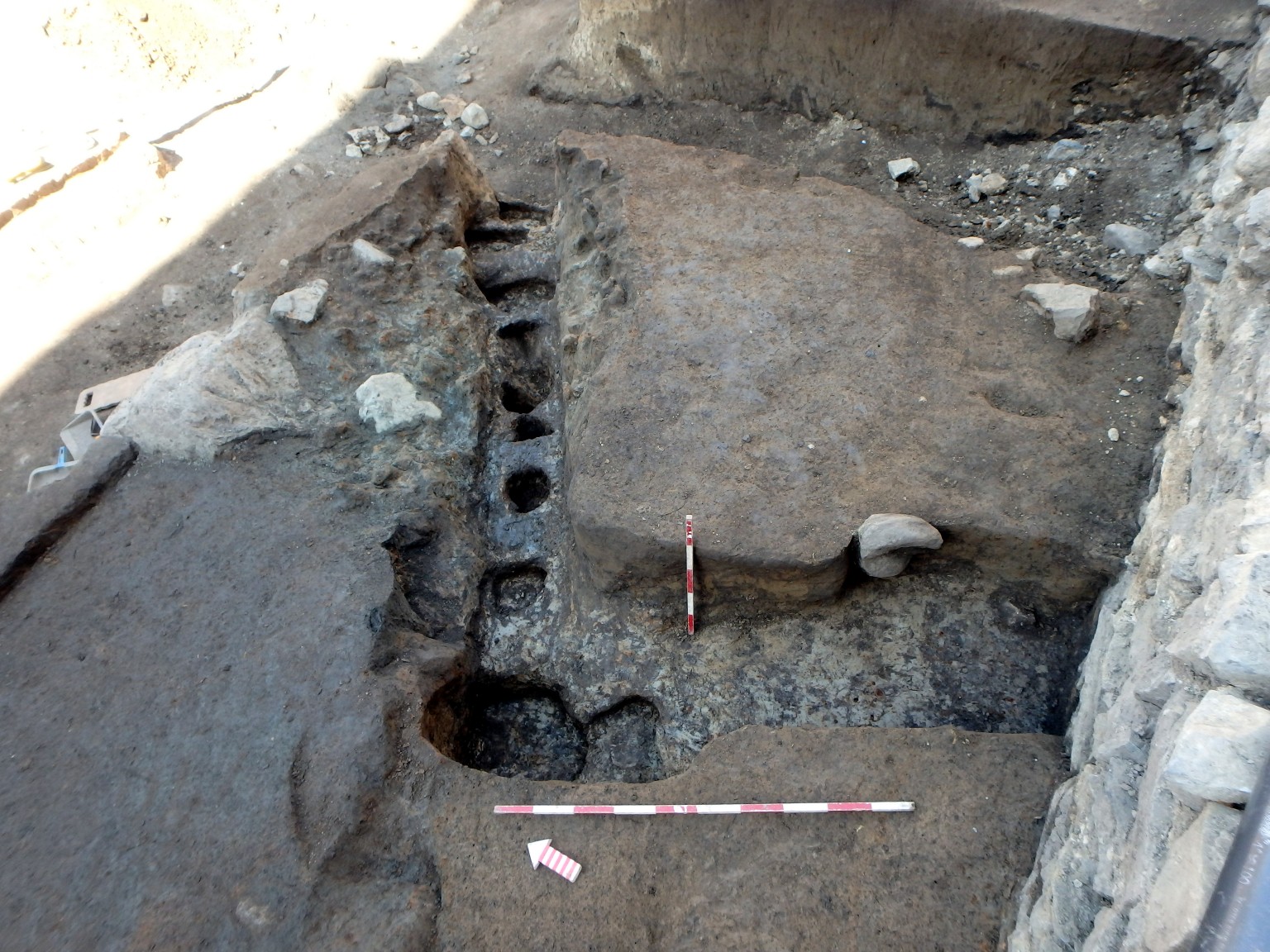
In 2015, Pointe-à-Callière archaeologists unearthed the trenches of a bastion of Fort Ville-Marie. This important discovery helped determine the orientation and probable size of the fortifications around the site where Montréal was founded. Explore the history of Fort Ville-Marie in the permanent exhibition Where Montréal Began.
3. A collector’s contribution
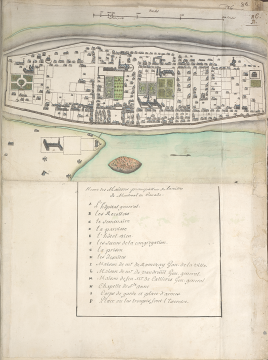
Collector and museum collaborator François Mandeville found this rare manuscript at a London dealer. It features a map of Montréal circa 1708 with 3D representations of buildings and a wooden palisade. See it in all its splendour in the permanent exhibition Crossroads Montréal.
4. An unusual artifact
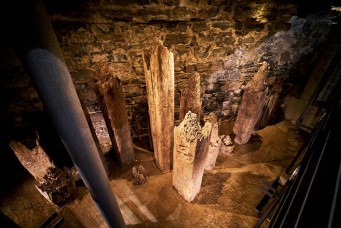
Among the museum’s many surprising discoveries, this sundial engraved on slate was designed for Montréal’s specific latitude. It has been completely restored and is on display at the Fort Ville-Marie – Québécor Pavilion.
5. Fiery fragments
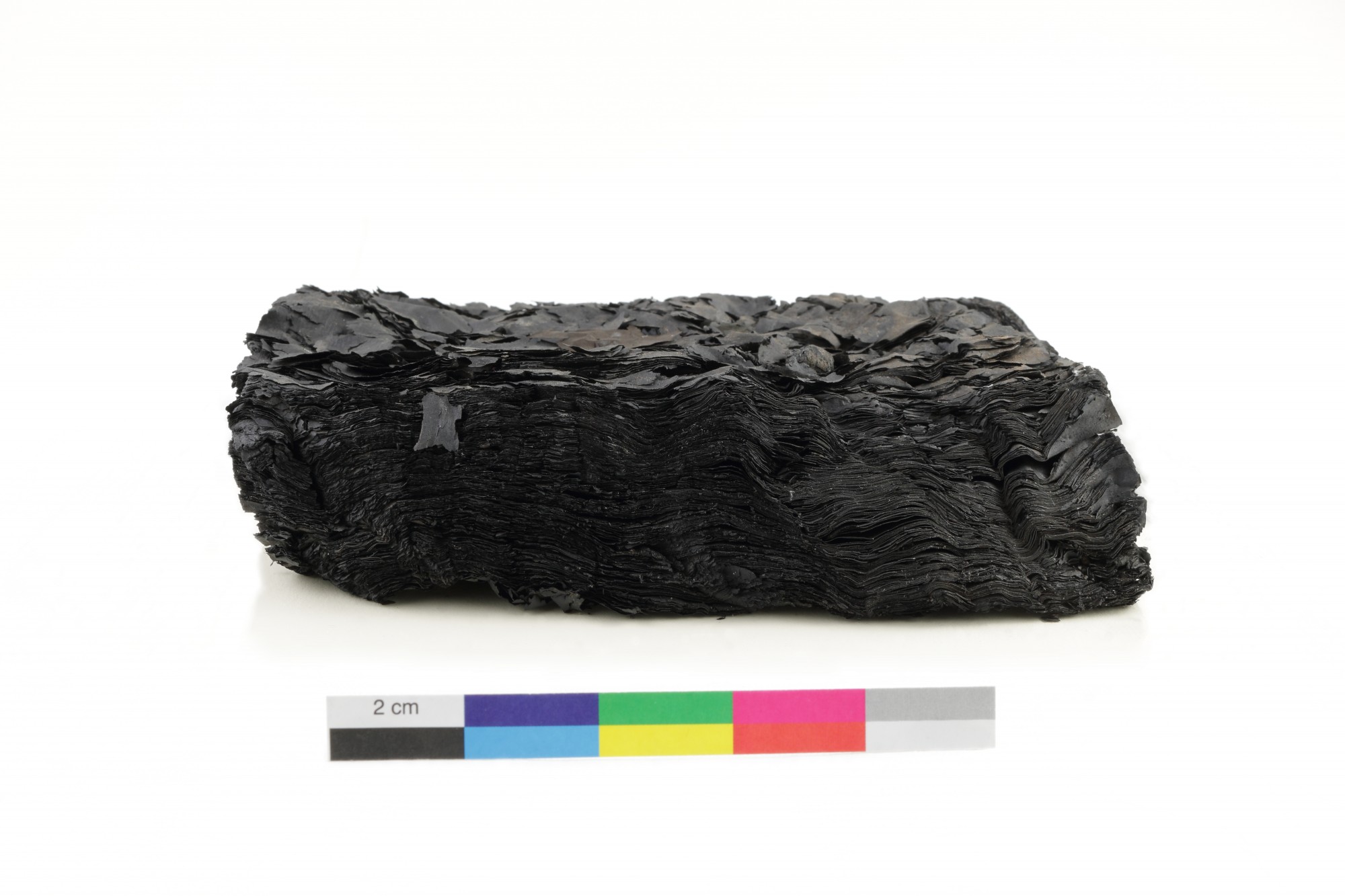
When the Parliament Buildings burned down in 1849, the fire consumed both parliamentary libraries. Fortunately, the depth of the ruins provided good conservation conditions, allowing archaeologists to recover some 70 book fragments.
6. A close call!
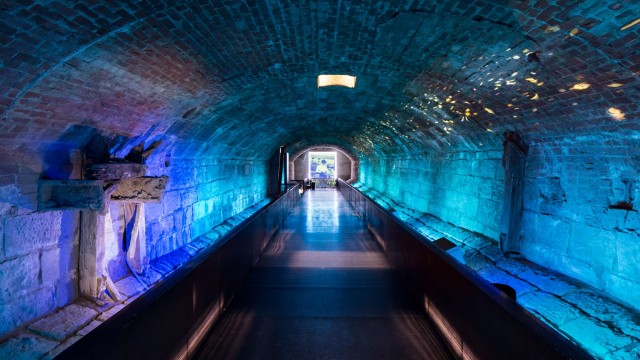
The collector sewer—a masterful feat of civil engineering built between 1832 and 1838 and the museum’s backbone and centrepiece—was nearly demolished in 1990 but for the intervention of several city councillors. Whew!
7. City fortifications
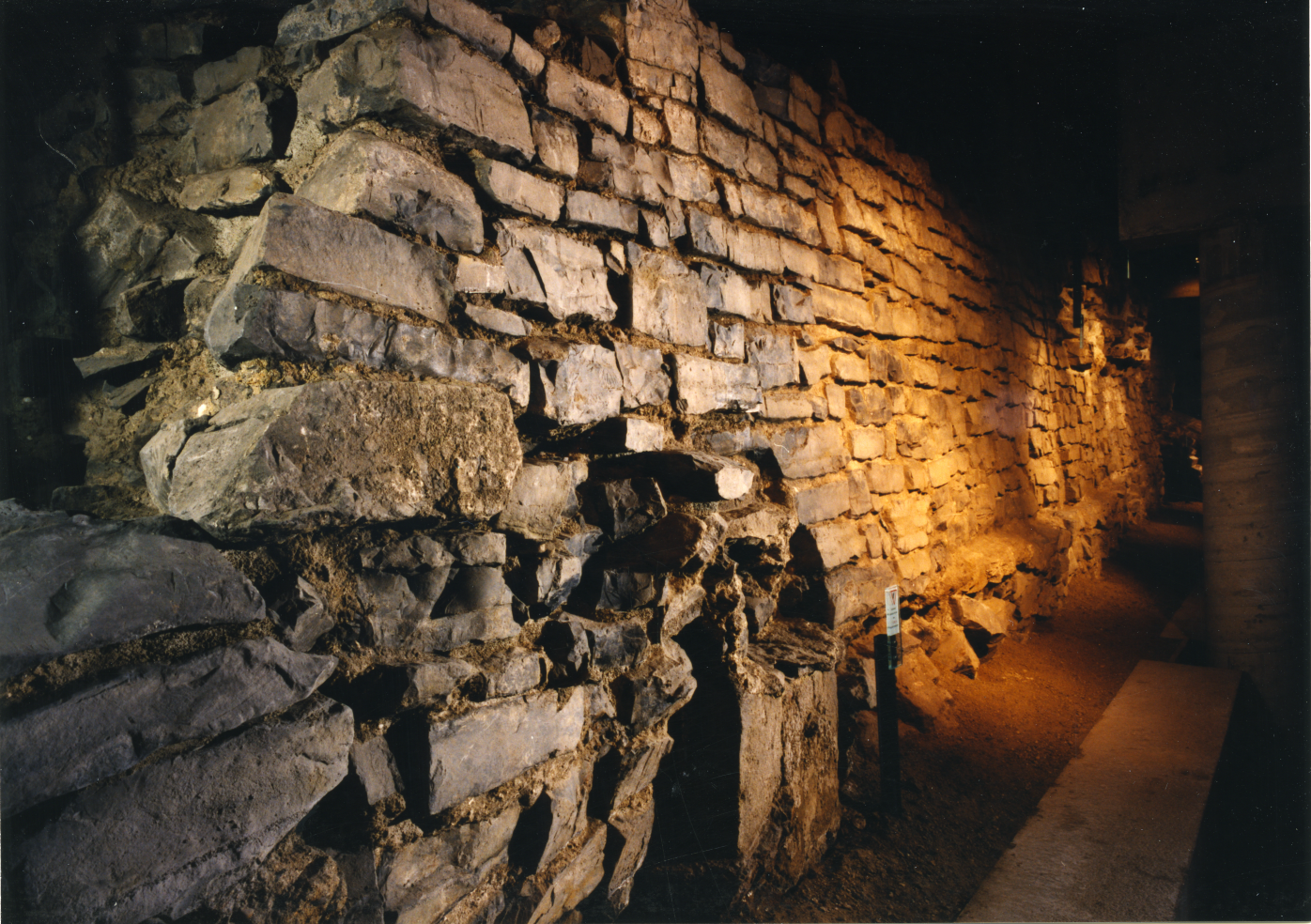
Pointe-à-Callière can boast of being one of the only places in Montréal where large sections of the city’sold stone fortifications—or at least their foundations—can be seen.
8. Important foundations
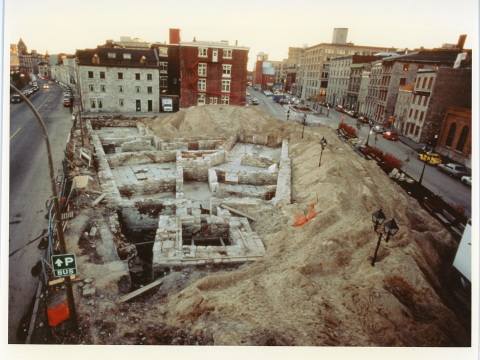
One of the first discoveries at Pointe-à-Callière was the foundations of the Royal Insurance Building (1861–1951). The museum’s main pavilion, the Éperon Building, was constructed over them.
9. A delightful surprise
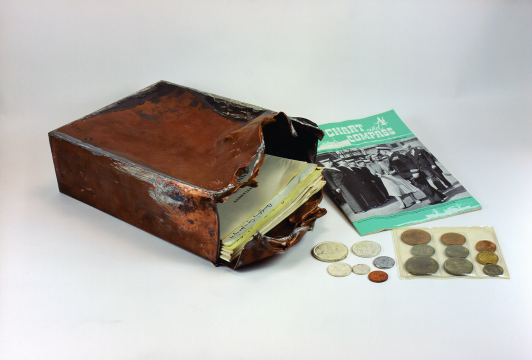
In converting the Sailors’ Institute into the Mariners’ House, a copper box was found hidden in the building’s structure. This time capsule contained various objects and documents from 1953, which now form part of the museum’s collection.
10. Parliamentary seals
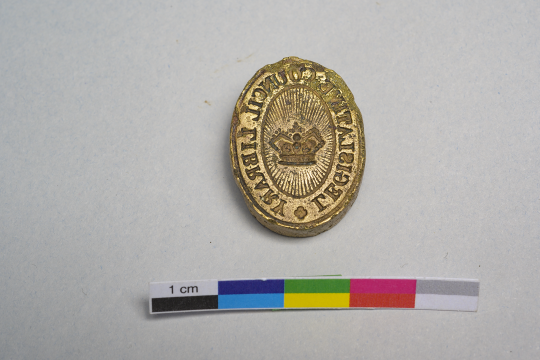
This postal stamp of the Legislative Assembly and wax stamp of the Legislative Council library were excavated from the Parliament site. Also found was a letter mailed from Montréal a week before the 1849 fire, possibly franked with this very stamp.
You can discover 20 other historical and archaeological discoveries in the special anniversary publication, Pointe-à-Callière, 30 years of history... and countless memories!
